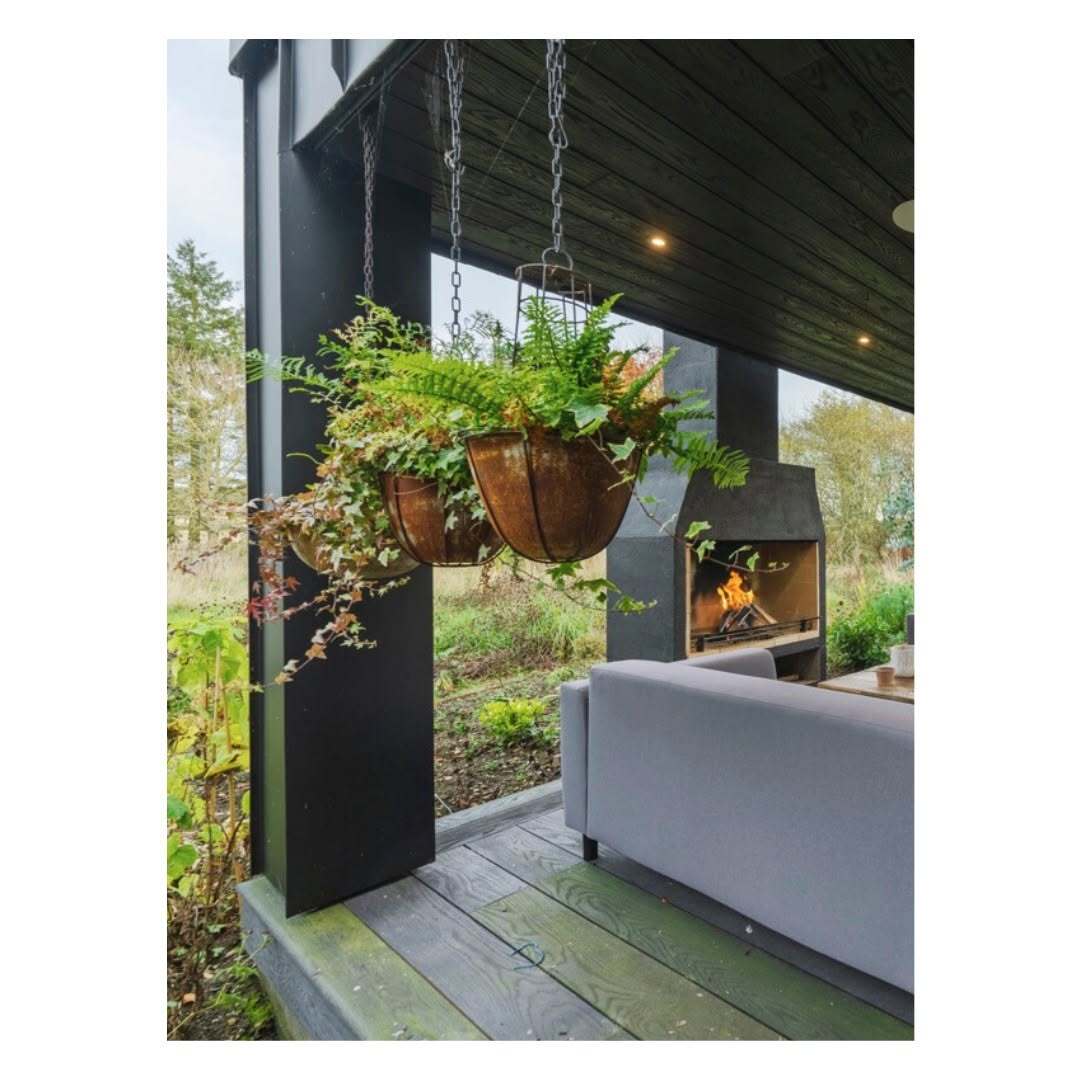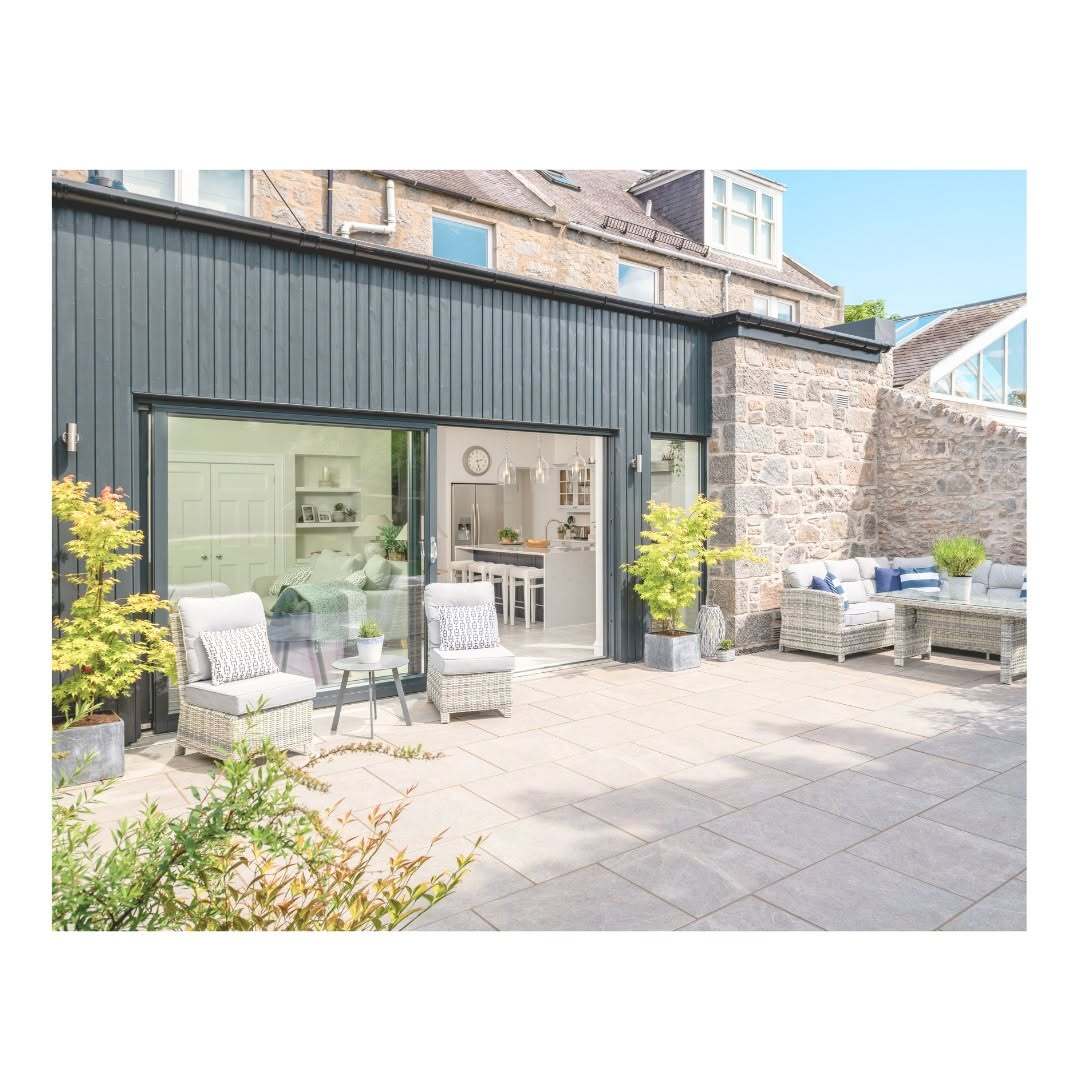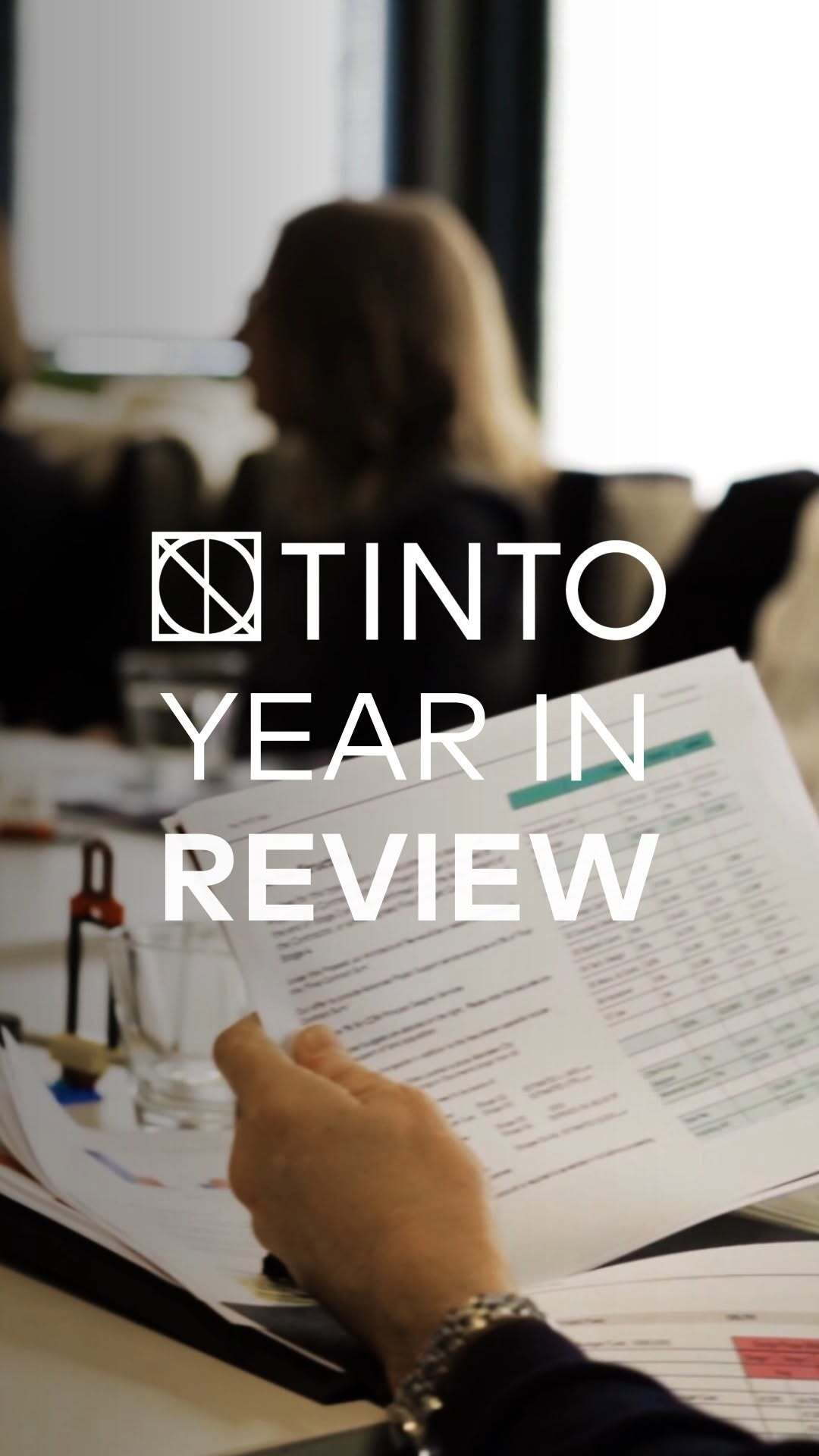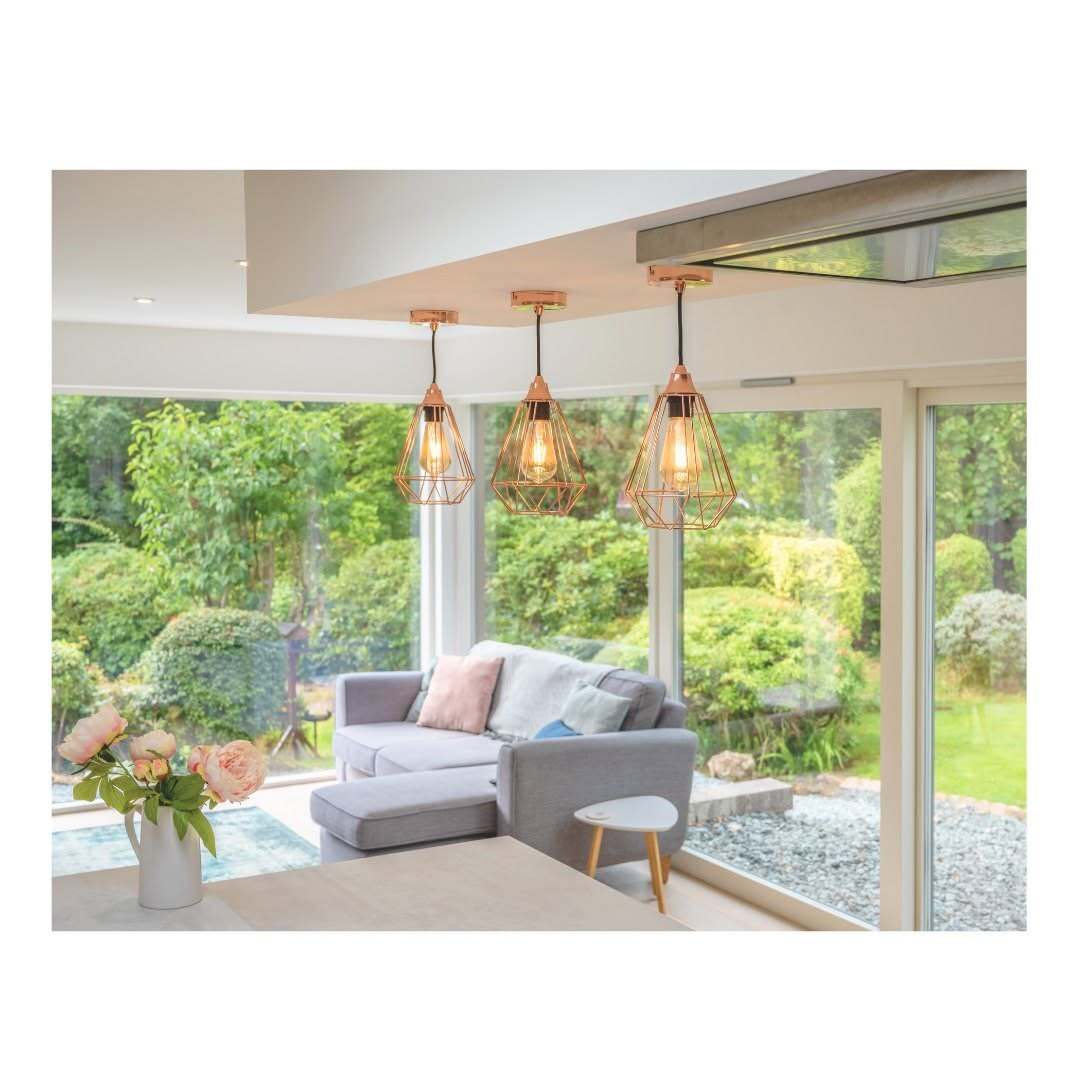5 USEFUL STEPS TO SAVING ON WORK PLACE COSTS
For many companies, the place of work is one of the biggest overheads of the business. It is regarded as a necessity to facilitate business they do, but is often disregarded when it comes to an area where big efficiencies can be found. It is these efficiencies that have a positive impact on the bottom line.
There are 5 areas to look into when assessing if you can save money and increase profit through your work place:
- Be strategic
- Re-negotiate outdated terms
- Rationalise
- Review your energy consumption
- Creatively increase productivity
Individually, the above can work well but combined they can be very powerful.
Be strategic
Strategic thinking in business often only focuses around the actual product or service offered and not business space. When companies get their strategy correct, the business grows and the need to expand creates a need for more space. The extra space obtained can be quite reactionary and immediate, which means that the strategy the business applied to the growth isn’t applied to the business space. Often as businesses get more successful, their choice of work place and environment becomes more reactive, leading to huge inefficiencies in many parts of the business. Infrastructure, transportation, logistics, management, poor energy usage and time can all be challenges that evolve as a company expands and develops.
Creating a plan for how you will accommodate more, or less, staff where your key functions needs to be, how they are managed and how they will impact on overhead for the business as part of an early or specific strategy. This will allow decisions to be made that could save you money.
Re-negotiating of terms
Often when reacting to changes in the size of a business, the terms under which offices and work places are let are heavily geared in favour of the landlord, while tenants and occupiers are often short on good advice. It is worth reviewing leases and terms to see if there is any opportunity to save. This is ideally done when a lease is up for renewal and any negotiation should be entered into early.
Landlords are often keen to retain good clients and risk losing you as a tenant unless they are flexible to the needs of your business, as well as your own. If different leases are due to expire at different times it may be worth trying to align these so that the business can make big decisions on location and space in a strategic manner that can benefit the business.
Rationalising
Looking at the space you have may be all you need to do to save some money, accommodate more staff or fit more into the space you have. Have someone make an assessment of your space and undertake some good space planning. This should be done before making a big decision on another acquisition or before deciding your existing space isn’t suitable. Often it can be as simple as replacing some out-of-date furniture for something more in keeping with currently technology. Does your sales team, who are out of the office 80% of the time, really need a big desk all to themselves, or worse still an individual office?
Clever space planning and furniture selection can have a huge impact on the numbers of people who can work in a space and, by better use of the square footage, there is often no need to acquire more expensive space. By reducing the space you need and renegotiating as above on less space, this will afford you big savings that can have a direct impact on your bottom line. Landlords and agents can often push hard on how the next shiny new office is everything you need but in reality, as you would strategically plan in other areas of the business, a closer look at what you have may be all it needs.
Reviewing you energy costs
Since de-regularisation of utilities, there has been a boom in specialists who can work with you to find the very best deal on your business energy requirements, across water, gas and electricity. It is worth seeing what can be saved - if you are a multi-site business this can be even more effective as firms are willing to provide better deals the larger the requirements.
Replacing out of date technology can also help reduce costs over the longer term. Air conditioning units that are no longer suitable can cost a fortune. Have these surveyed and assess if replacements will start to save you money.
Look at lighting. Could automatic sensors that shut lights off in rooms that are not in use help? Even the mere act of changing the light bulbs makes a positive contribution.
Looking at windows and the external fabric of the building can also be a way to save money and energy. Often the landlord will be happy to assist in material improvements to their asset and it is worth reviewing any cold spots and finding out if they can be fixed.
Creatively increasing productivity
Whilst rationalisation can save space, taking a look at how people work in your organisation is often overlooked. By using space to increase productivity, this will reduce the need for recruitment, make the most out of the assets and people in your team, and deliver results for the business.
Similar to the sales person example above, there are many other ways where clever positioning of teams and use of working environments can improve space efficiency and productivity.
Communal areas, collaborative working space, flexibility of how people work, and often where people work can drive efficiencies in the business that lead to increased profitability.
Summary
Workplaces evolve as businesses do, regularly reviewing yours to make sure it is still working for you can be a sound investment that can save you money. Take the time to meet with an expert and have a chat about the challenges you face with the environment you work in. See if developing a strategy to get the very most from your place of work and people can have an impact on your bottom line!!







